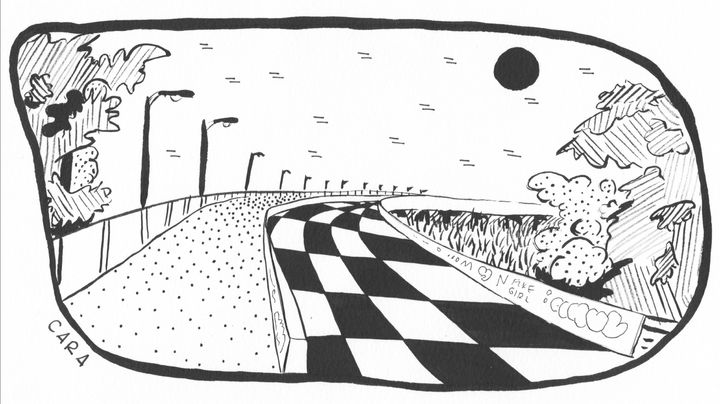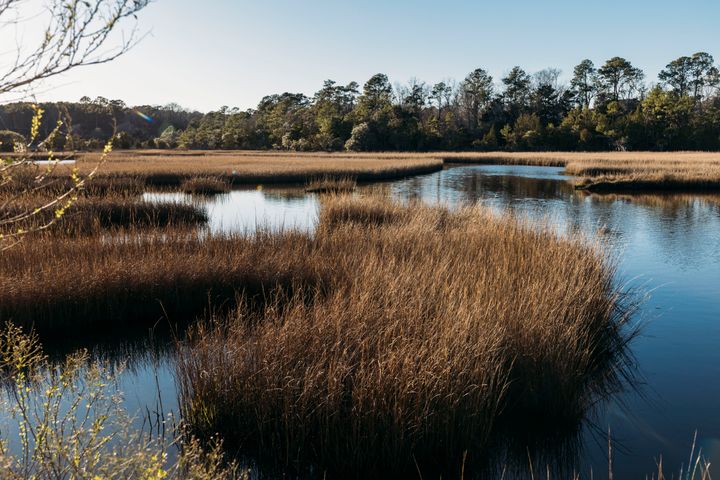Climate Action Spotlight: Weatherization
Weatherizing your home is a simple action anyone can take to reduce their carbon footprint and prepare for future weather events.

by David Quick
Many of us think that adapting to climate change and curbing it are two different actions.
You know, like building a wall to ward off sea level rise or putting solar panels on your roof. Not always so.
Consider “weather-proofing” buildings and surrounding land.
1. Weather-stripping, caulking and sealing outlets
The winds and subsequent driven-rain by extreme storms such as hurricanes can make a building vulnerable to leaks and flooding. Making sure windows, doors and outlets for plugs in your house, business, school, and/or church are in good shape, or if not, replacing seals not only prevents those threats from storms but also saves energy and thereby money and curbs your carbon footprint. Leaky, drafty buildings can increase energy costs by up to 20 percent.
2. Windows vs hurricanes
While caulking and sealing windows, doors, and outlets is really inexpensive and requires minimal expertise, a similar win-win is having double-paned, “hurricane-rated” windows or storm windows. Severe damage to structures by storms is often caused by blown out windows, which cause wind to blow into homes and cause lift on the structures roof. Replacing windows can be expensive but costs often are recouped in energy savings over the long term. Many insurance companies will provide discounts for replacing substandard windows. A whopping 25 to 30 percent of energy loss can be lost through inadequate windows. Since the hurricanes in the 1990s, new storm standards have increased both the strength and efficiency of windows.
3. Fortifying roofs, insulation, adding solar
Likewise, extreme hurricanes have resulted in upgrades in building standards, especially roofs. Most roof coverings have a lifespan of 30 years. In the Lowcountry’s extreme heat, high winds, and baking sun, it’s even less.
Those who seek to place solar panels, which also have lifespans of 25 to 30 years, often replace roofs beforehand to avoid a faulty roof with panels on it. While some have expressed concern about the impact of solar panels on roofs during storms, those in hurricane-ravaged Louisiana generally fared better than those without. Solar panels have also proven to add to the life of a roof by providing a layer of shade and reflecting some of the sunlight.
4. Energy audits, local help
Nonprofits such as Charleston’s Sustainability Institute and many utility monopolies offer free to low-cost energy audits to help advise on an array of home improvements that make homes more energy efficient and therefore resilient.
The Sustainability Institute has been training young adults to perform audits and do repairs in its AmeriCorps-affiliated Energy Conservation Corps. The program seeks to encourage vocations in the field or at least provide skills to people to make them more self-sufficient.
5. Store, slow and sink stormwater
Adaptation to climate change and reducing it don’t just pertain to the built environment.
Some keys to adapting to heavy rainfall and flooding are to take a chapter out of Permaculture 101 to "store, slow, and sink” stormwaters.
Storing it can involve retaining it in rain barrels or cisterns to be used as free irrigation water after the storm. Slowing it can involve building “rain gardens,” relatively shallow depressions that contain native plant species that flourish in wet conditions. One ally that should be obvious, but not always is, in both slowing and sinking stormwater is native trees. Planting them is win-win-win because tree canopies slow rainfall (ever stood under one during a downpour?), sink it into root systems and store it in trunks, branches and leaves, when then slowly and steadily transpire moisture back into the atmosphere. And, of course, trees take carbon out of the atmosphere and store it in tissues, while providing us with oxygen to breathe.
Minimizing impervious surfaces, such concrete and asphalt, is also critical to sinking stormwater into the ground as well as keeping surface temperatures lower.


